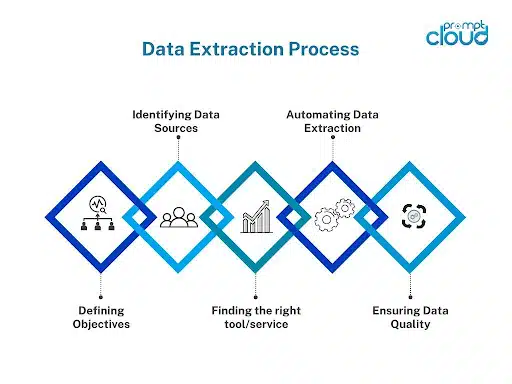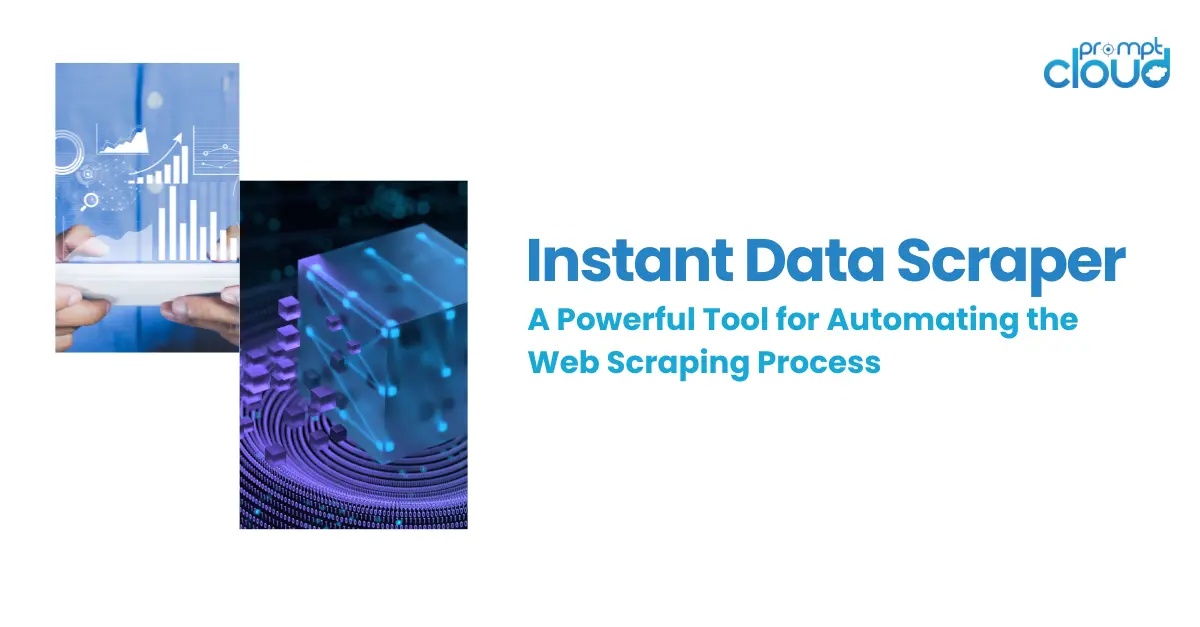
In today’s digitally-driven world, organizations are drowning in an overwhelming amount of data. However, the true value lies in extracting meaningful insights from this data. Effective information gathering is crucial for decision-making and staying ahead of the competition. This is where data extraction plays a vital role. By transforming raw data into structured and accessible information, data extraction brings clarity and efficiency to the process of gathering insights.
Understanding the Data Challenge
The volume and variety of data available to organizations have grown exponentially in recent years. From customer information and sales data to market trends and social media analytics, businesses are faced with the daunting task of collecting, organizing, and analyzing vast amounts of information. However, the unstructured nature of much of this data makes it difficult to extract relevant insights. This leads to wasted time and effort in manual data processing and analysis.
The Value of Clarity in Decision-Making
In today’s fast-paced business environment, making informed decisions quickly is essential for staying competitive. Clarity in information gathering plays a crucial role in achieving this. By extracting and structuring data in a meaningful way, businesses gain a clear understanding of their operations, customers, and market dynamics. This clarity enables leaders to identify trends, assess risks and opportunities, and make data-driven decisions with confidence.
Streamlining Information Gathering
Efficient information gathering relies on streamlined data extraction processes. Here are some key steps to consider:

- Defining Objectives: Clearly articulate the goals and objectives of the data extraction process. This helps ensure that the right data sets are identified and extracted for analysis.
- Identifying Data Sources: Determine the sources of the data required for decision-making. This may include internal databases, external APIs, web scraping, or social media platforms. Understanding the data sources helps avoid unnecessary information overload and ensures the extraction of relevant data.
- Automating Data Extraction: Manual data extraction is time-consuming and prone to errors. Employing automated data extraction tools and techniques can significantly reduce efforts and increase accuracy. These tools can extract data from various sources, cleanse and format it, and make it readily available for analysis.
- Ensuring Data Quality: Data accuracy and integrity are crucial for meaningful analysis. Implement measures to validate and clean the extracted data, eliminating duplicates, inconsistencies, and inaccuracies. Investing in data quality assurance improves the reliability and usefulness of the extracted information.
Overcoming Common Data Extraction Pitfalls
Data extraction can be a complex and challenging process. Here are some common pitfalls to be aware of and tips to overcome them:
- Incomplete Data: Incomplete data sets can lead to misleading analysis and flawed decision-making. Ensure that your data extraction process captures all relevant information to avoid partial insights.
- Data Security: Protecting sensitive data is paramount. Make sure that your data extraction methods comply with data privacy laws and implement appropriate security measures.
- Data Integration: Data often resides in multiple systems and formats, making integration a significant challenge. Invest in tools that can seamlessly integrate data from different sources, ensuring a unified view of information.
- Scalability: As the volume of data grows, the data extraction process must be able to handle large data sets efficiently. Prioritize solutions that can scale and accommodate increasing data demands.
Choosing the Right Data Extraction Solutions
Selecting the right data extraction solution is crucial for achieving efficient and accurate information gathering. Consider the following factors:
- Compatibility: Ensure that the data extraction solution is compatible with your existing systems and technology stack. Seamless integration minimizes disruptions and streamlines the data extraction process.
- Flexibility: Look for solutions that can handle different data types and formats. This flexibility allows for extracting and processing a wide range of data sources, enabling comprehensive analysis.
- Automation Capabilities: The ability to automate the data extraction process saves time and resources. Choose a solution that offers automation features to increase efficiency and reduce manual effort.
- Data Validation and Cleansing: Accurate and reliable data is vital for decision-making. Prioritize solutions that include robust validation and cleansing features to ensure data quality.
In conclusion, data extraction plays a pivotal role in transforming chaotic and unstructured data into clear and actionable information. By streamlining the information gathering process and overcoming common challenges, businesses can make well-informed decisions and gain a competitive edge. Selecting the right data extraction solutions is essential for achieving efficient and accurate results. Embracing data extraction is a strategic choice that empowers organizations to move from chaos to clarity in their quest for meaningful insights.



















